A study suggests that using a proper
daily skincare routine for oily skin can lead to a noticeable improvement in skin clarity and reduction of
oiliness within 12 weeks. With the right steps and using appropriate
skincare routine for oily skin, individuals can effectively control excess oil production, prevent acne, and achieve a healthier complexion. Following the steps outlined in this dermatologist-recommended
skincare routine for oily acne-prone skin will help you maintain balance, reduce breakouts, and achieve clearer, healthier skin.
What is the 5-Step Skin Care Routine for Oily Skin?
Step 1: Cleanse your Face
Cleansing is an important step of any skincare routine, especially for oily skin. Regular cleansing helps remove excess oil, dirt, and impurities that can lead to clogged pores and breakouts. A study highlights that using gentle, non-comedogenic cleansers can significantly
reduce acne severity in individuals with oily skin. Cleansing twice daily, morning and evening has been shown to be effective in maintaining clear and healthy skin.
Step 2: Toning
Toning is an often-overlooked step in skincare, but it can be beneficial for those with oily skin. Generally, it is advisable to use alcohol-free toners since they help to take away the remaining specks of dirt on your skin. Apply toner by gently dabbing it onto your skin with a cotton pad after cleansing. Do not rub, since the friction can further irritate the skin.
Step 3: Target Concerns
To address specific concerns related to oily skin, consider using targeted skincare treatments. Pore minimizers (Look for products containing salicylic acid, glycolic acid, or niacinamide) can help reduce the appearance of enlarged pores, while acne treatments (Consider products containing benzoyl peroxide or salicylic acid) can clear blemishes and prevent future breakouts. According to research published in Clinical, Cosmetic and Investigational Dermatology, benzoyl peroxide has been shown to
reduce acne by up to 85% when used consistently. For post-acne marks, look for products containing ingredients like retinol or vitamin C. Before using new products, do a patch test and consult a dermatologist if needed.
Step 4: Moisturizer
Even though oily skin has excess oil, it still requires hydration. The key is to find a lightweight, oil-free moisturizer that won't clog pores. Look for products labeled as "non-comedogenic" or "oil-free." When choosing a moisturizer, consider your skin's specific needs, such as whether you have acne-prone skin or need additional hydration.
Step 5: Sunscreen
Sunscreen is essential for protecting your skin from harmful UV rays, regardless of your skin type. For those with oily skin, it's important to choose a non-comedogenic formula that won't clog pores. Look for a broad-spectrum sunscreen with an SPF of at least 30. To apply sunscreen effectively, use a generous amount and reapply every two hours, especially after swimming or sweating. Consider using
sunscreen for oily skin dermatologist recommended that can help control shine and reduce oiliness throughout the day.
Conclusion
By following the steps outlined in this guide, you can develop an effective
skin care routine steps for oily skin. You should be consistent when it comes to skincare. Give your skin time to get used to new products and routines. With proper care, you can achieve a clear, healthier complexion and boost your confidence.


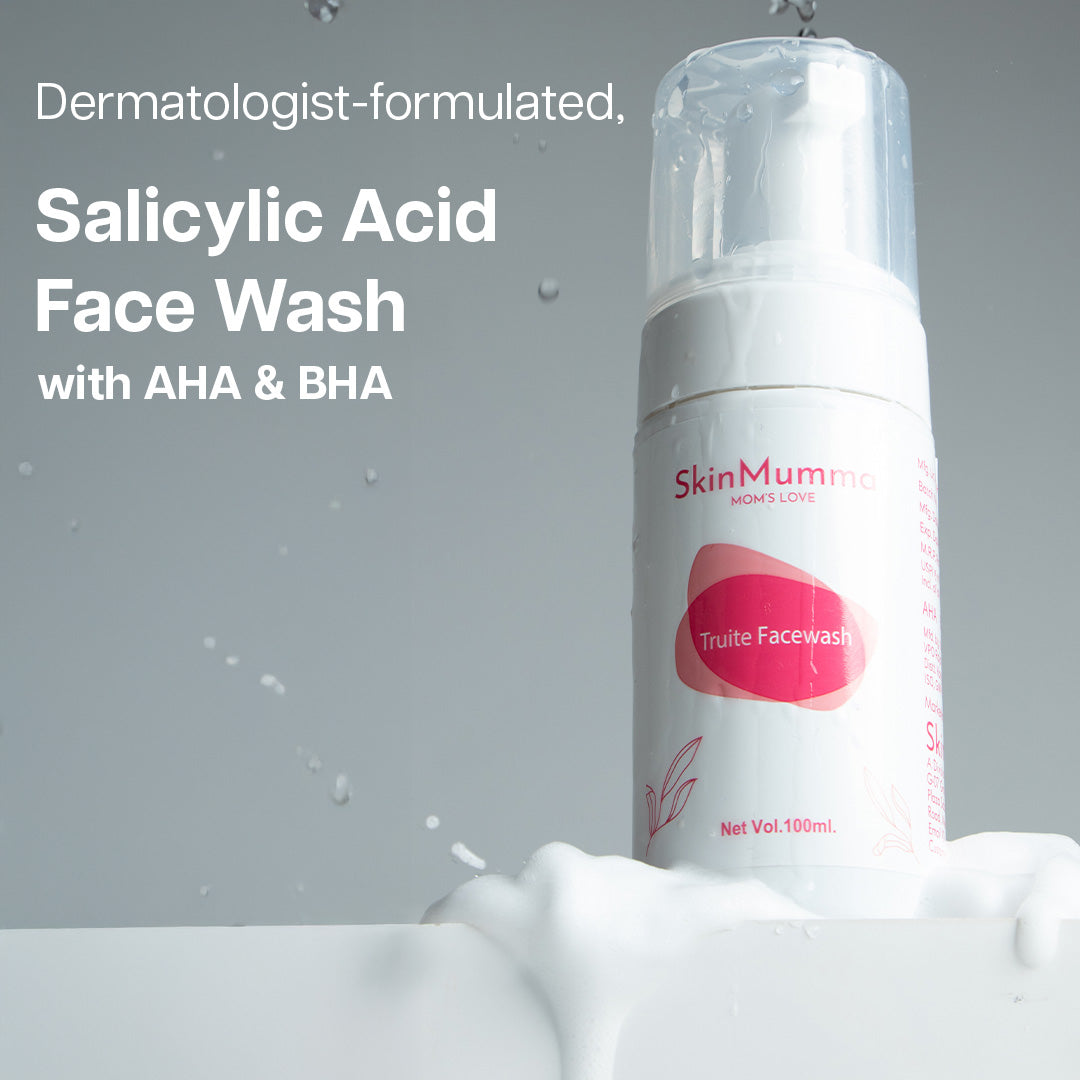
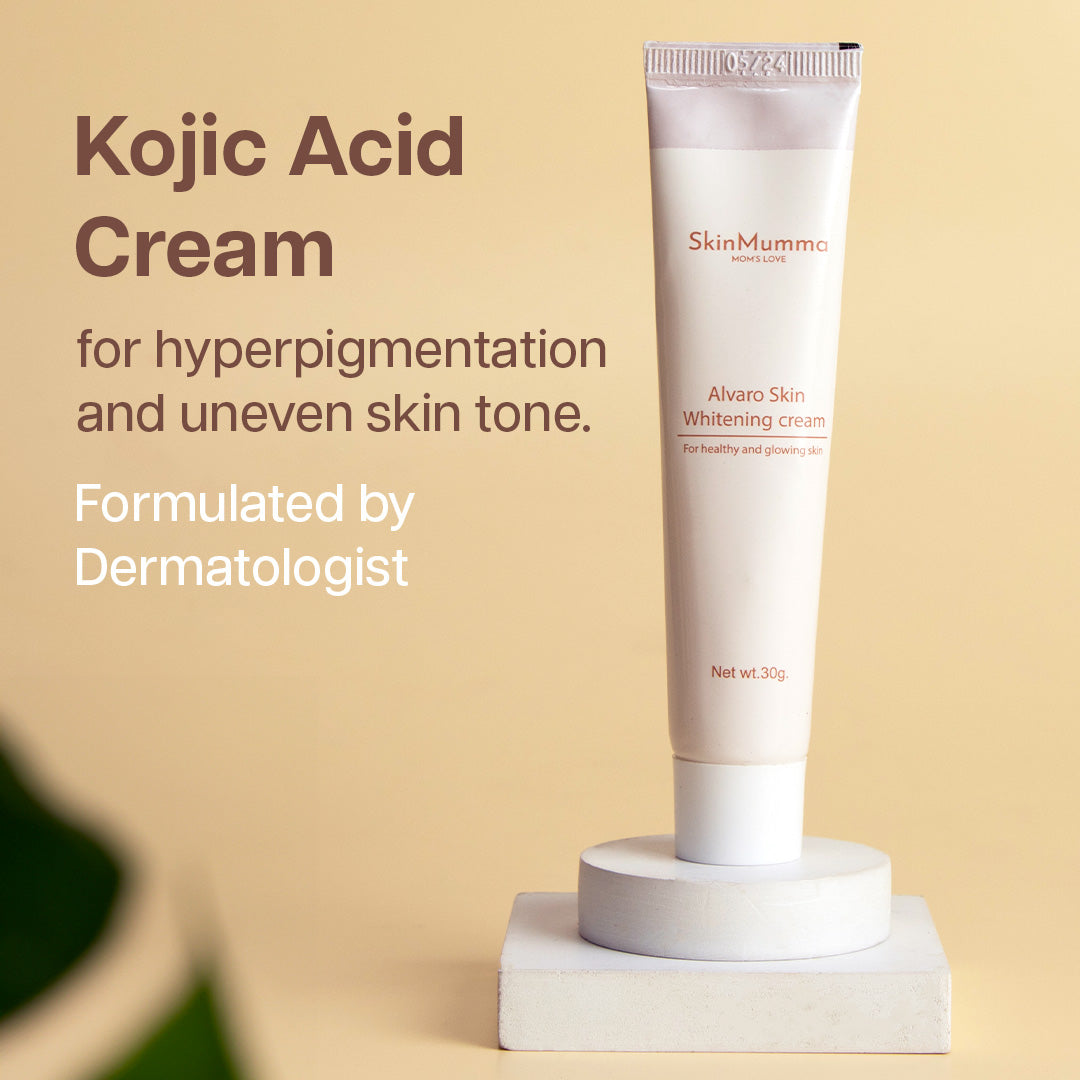
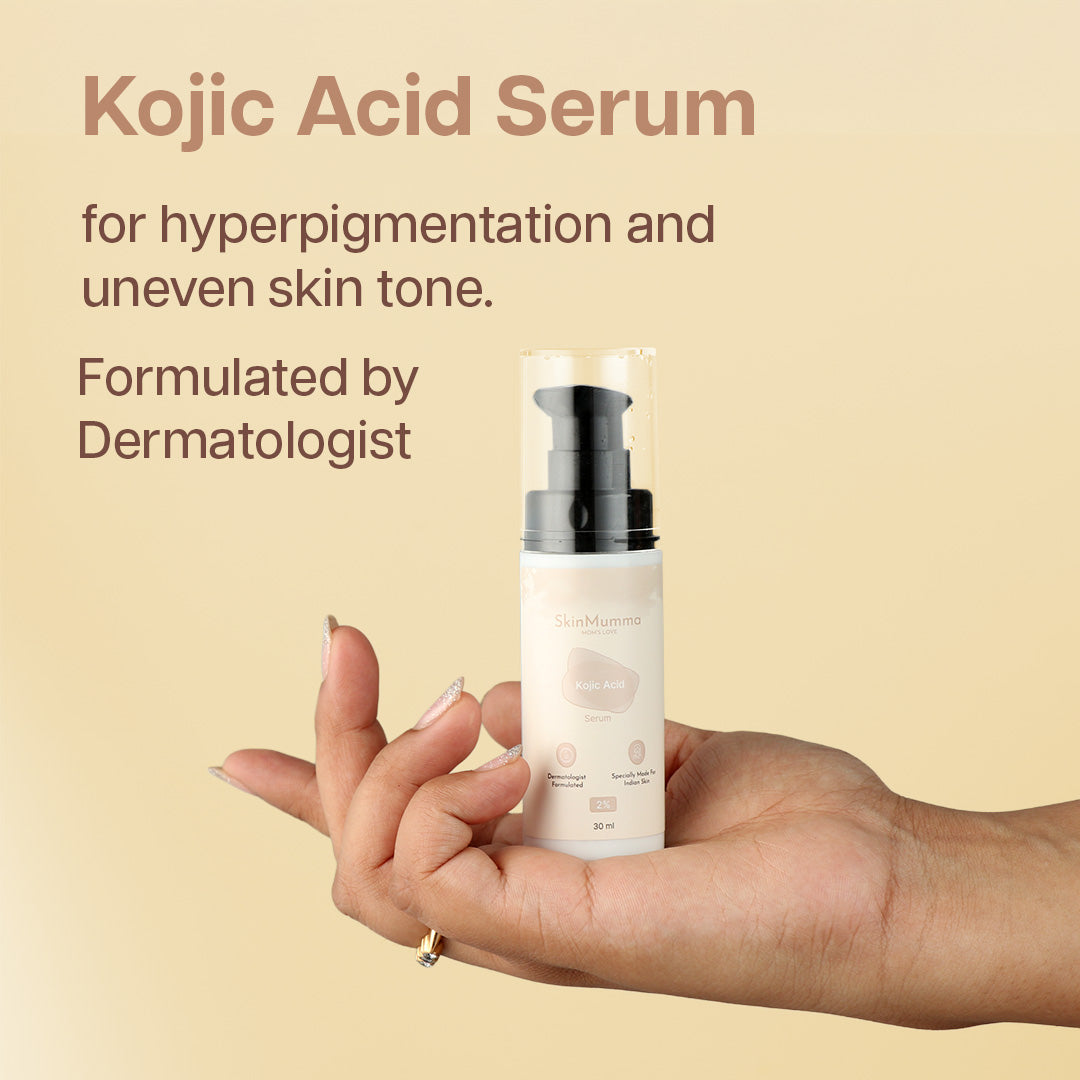
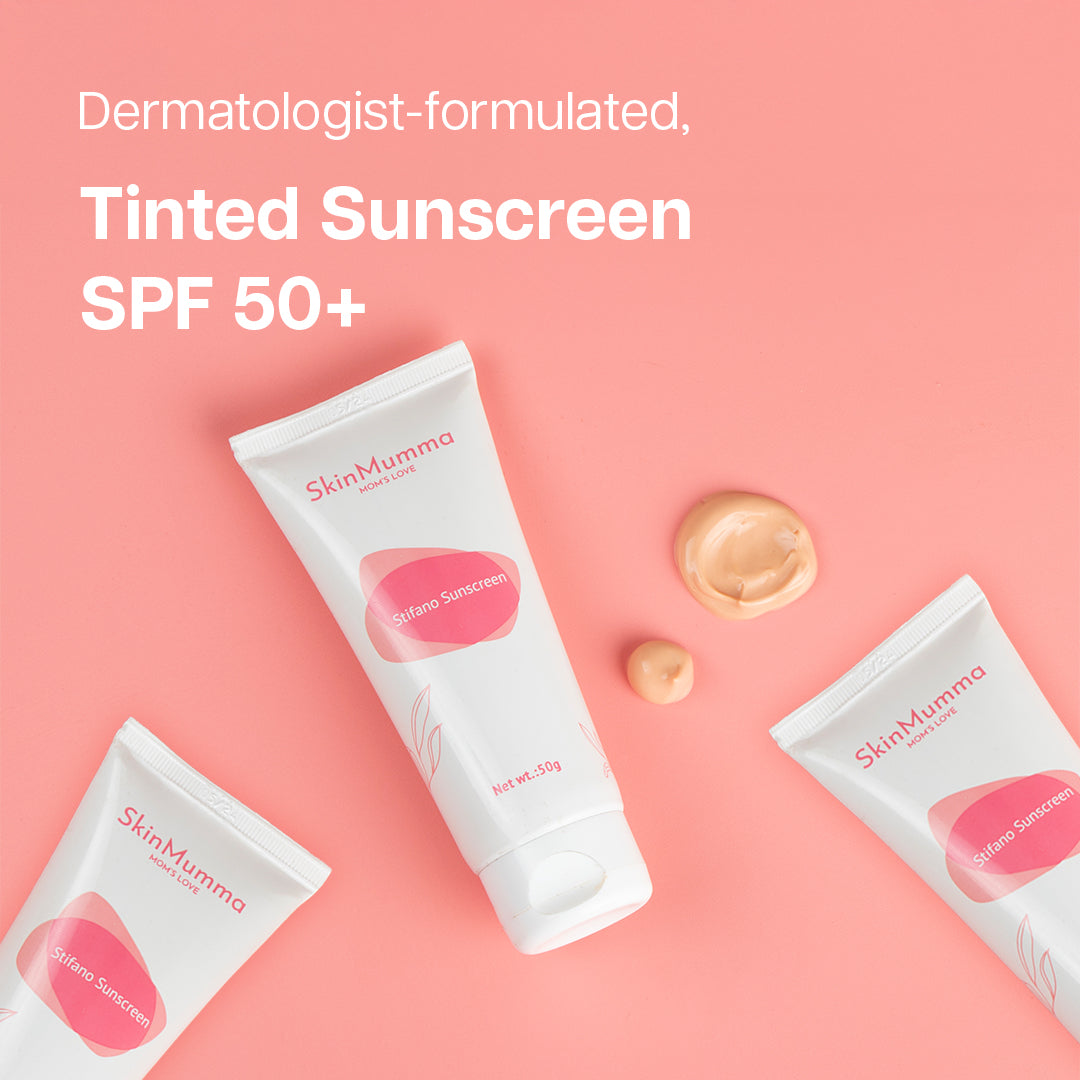
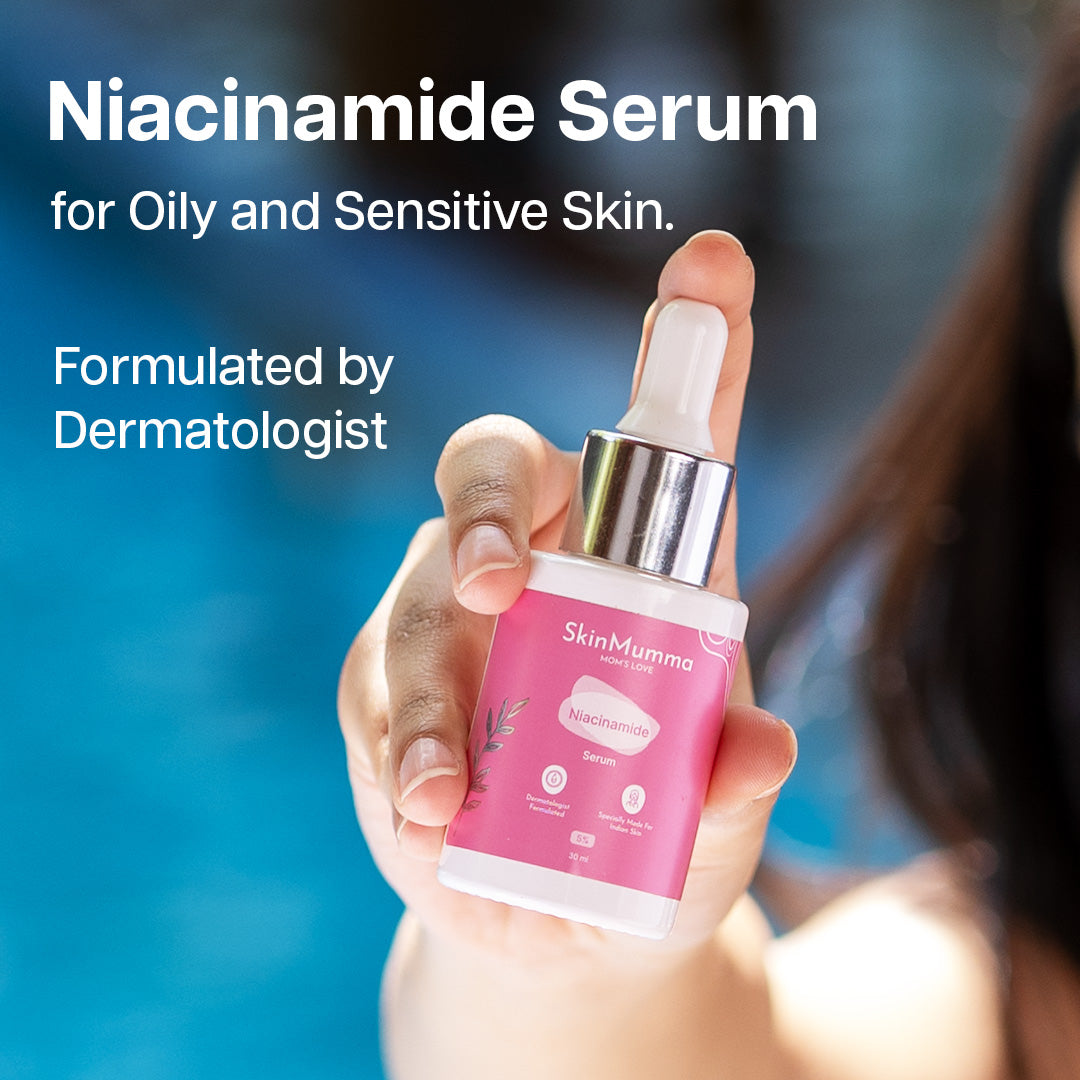
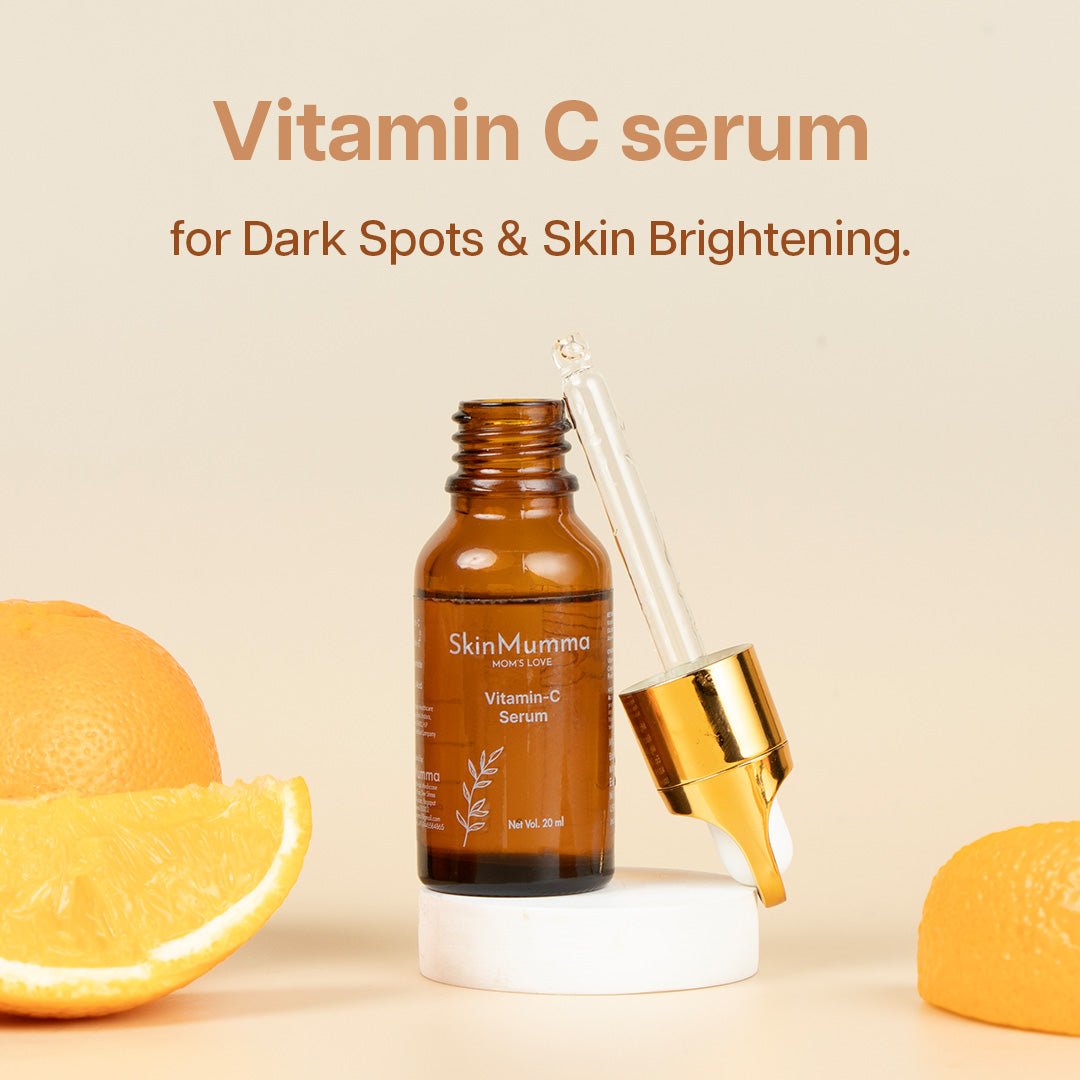




Dr Manisha Bindal is the senior dermatologist and laser skin expert with more than 25 yrs of experience in clinical practice. She has to her credit various advanced skin care procedures and Laser skin treatment protocols including chemical peels, fillers, threads and injections. You can trust the expert hands for any skin or hair related problems or any procedure if need be.